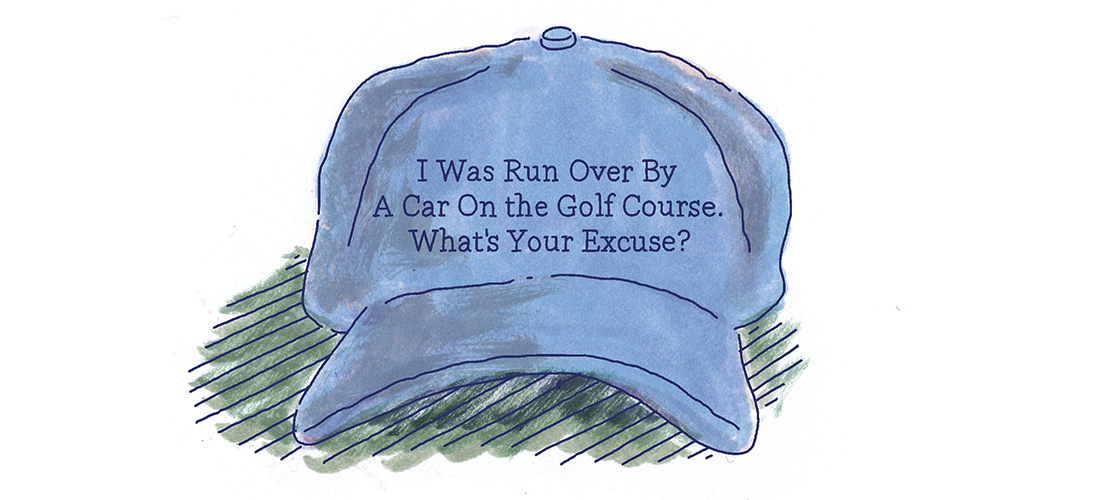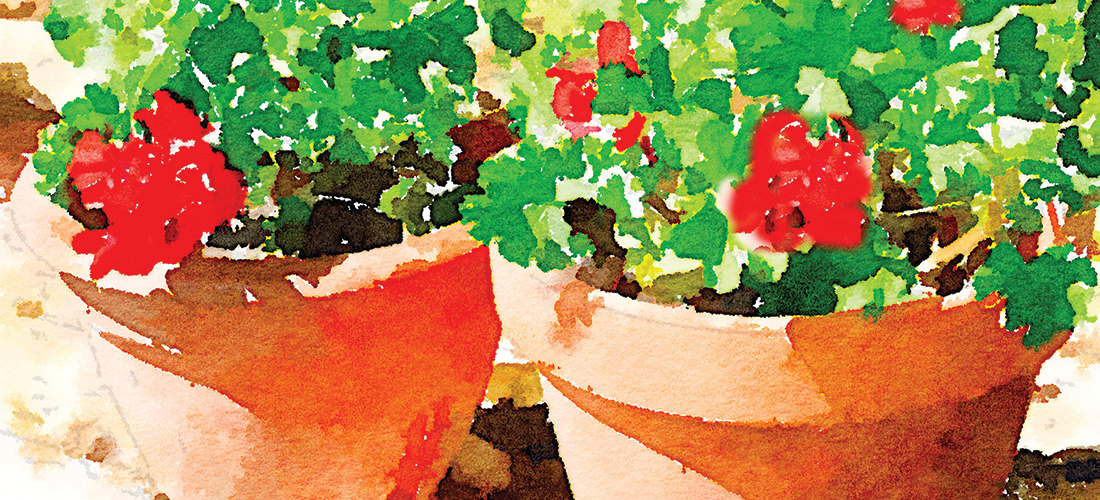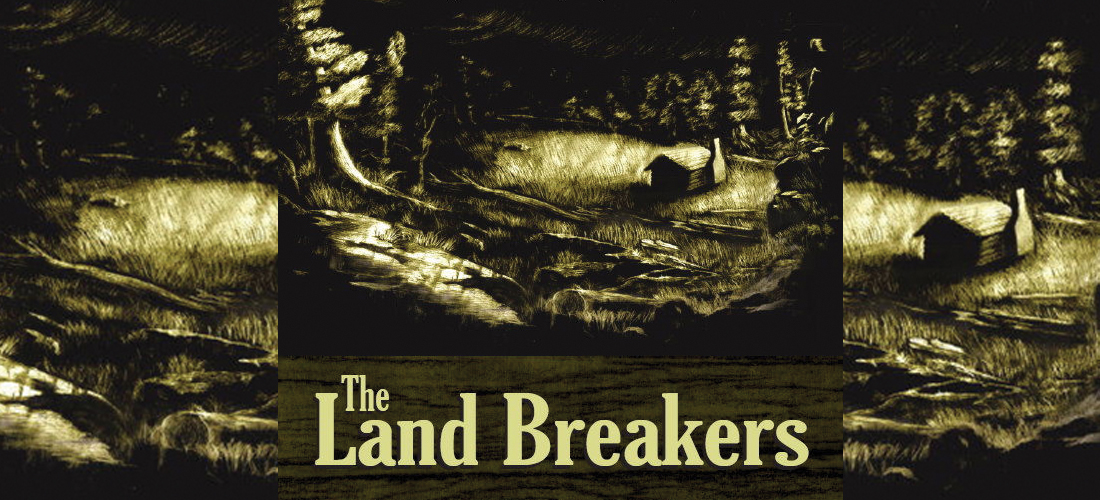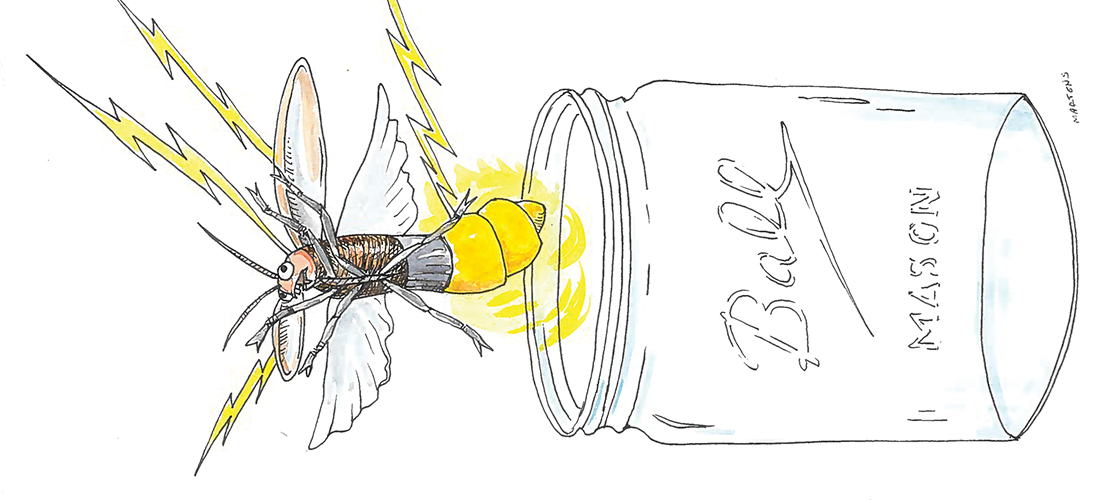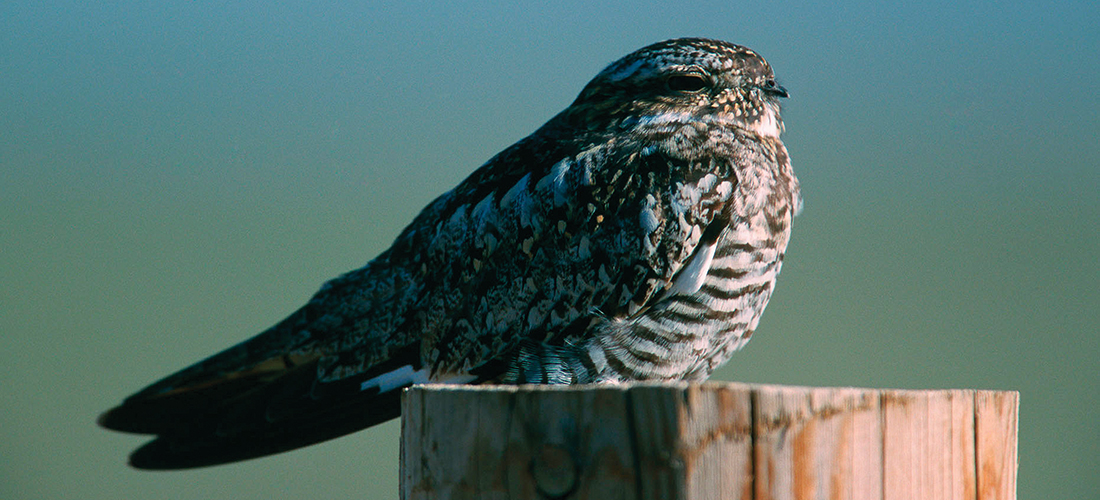Steal the Show
First Friday Southern Pines presents The Ballroom Thieves on Friday, Sept.2, from 5–8:30 p.m. Trio Martin Earley, Calin Peters and Devin Mauch create a captivating mélange of acoustic styles, blending folk conventions with modern hymnals, Delta blues grit with rich harmonies, and exploring the basic constructions of pop music while simultaneously rejecting its restrictions. Rain or shine, First Friday concerts are free and open to the public. Food and beverages available for purchase. The Preservation Green (grassy lot) adjacent to the Sunrise Theater, 250 NW Broad St. , Southern Pines. Info: (910) 692-8501 or firstfridaysouthernpines.com.
Old Cars, New Tricks
On Saturday, Sept. 17, dozens of old cars will shine like new pennies on the campus of Sandhills Community College, 9 a.m. to 3 p.m. The car show, organized by the Sandhills Chapter of the Antique Automobile Club of America (AACA) and hosted by the SCC Automotive Technologies program, features live music by the Sandhills Community College Jazz Band, guided tours of the renowned Horticultural Gardens, on-site food, 50/50 and silent auctions, and awards presented by Miss Moore County. Car entry registration prior to Sept. 13 is $15 (includes food voucher and special door prizes). Registration on day of show is $20. Show is free and open to the public. Sirotek Hall, Sandhills Community College, 3395 Airport Road, Pinehurst. Info: www.ncregionaaca.com/sandhills.
Coneheads
This year, celebrate the Ice Cream Parlor’s 40th anniversary by registering for a chance to win free ice cream for life. Repeat: Free ice cream for life. Drop in for lunch or a cone before Sunday, Sept. 25, when one lucky participant will have reason to flash their sweet-toothed grin. Ice Cream Parlor, 176 NW Broad Street, Southern Pines. Info: (910) 692-7273.
Hicks in Town
Robert Hicks, New York Times best—selling author of The Widow of the South and A Separate Country, will be at The Country Bookshop on Monday, September 26, at 5 p.m. Hicks’ new novel, The Orphan Mother, tells the story of midwife and former slave Mariah Reddick, who, in the wake of tragedy, embarks on an epic quest for justice. Free and open to the public. The Country Bookshop, 140 NW Broad St., Southern Pines. Info: (910) 692-3211.
Gone Vogue
The United Way of Moore County will host a fashion extravaganza on Thursday, Oct. 6, at 6 p.m. Featured merchants include Apricot Lane, Cottage of Hope, Eloise & Co., Eve Avery, Morgan Miller, and Patricia. Eat, drink and be dazzled. Tickets: $40. Proceeds benefit United Way of Moore County partner agencies. Grand Hall at Penick Village, 500 E. Rhode Island Ave., Southern Pines Info: (910) 692-2413 or unitedwaymoore.com.
Crème de la Crème
You won’t want to miss Judson Theatre Company’s production of “Twelve Angry Men,” the electrifying Reginald Rose classic about a jury forced to decide one boy’s fate. Emmy-winning Broadway and TV star John Wesley Shipp (“The Flash,” “Dawson’s Creek,” “As the World Turns,” “Guiding Light”) headlines a cast from New York and North Carolina, which includes Broadway actor Mike Boland and local pros Rick McDermott, Chris Thomas (from Star 102.5), and Adam W. Faw. Show runs Thursday, Sept. 22, at 7 p.m., Friday, Sept. 23, at 8 p.m., Saturday, Sept. 24, at 2 and 8 p.m., and Sunday, Sept. 25, at 3 p.m. Tickets: $38 (advance); $43 (day of show); $20 (students, military, SCC faculty and staff). Owens Auditorium, Sandhills Community College. Tickets/Info: (800) 514-3849 or judsontheatre.com.

The Hot Spot
Best thing about a Rooster’s Wife show at Poplar Knight Spot? There isn’t a bad seat in the house. You’ll just want to make sure you snag one. Here’s what’s hot at the Spot this month:
Sept. 2 – Classical/nuevo flamenco guitarist Ed Stephenson. One word: virtuoso. Tickets: $15. Listen: edwardstephenson.com.
Sept. 11 – Scythian, Celtic rock band with strains of Gypsy and klezmer. Sure to make the walls and floor shake. Tickets: $20 (advance); $25. Listen: www.scythianmusic.com
Sept. 16 – Award-winning singer/songwriter Liz Longley breathes soul into country pop. Tickets: $15. Listen: www.lizlongley.com.
Sept. 18 – Will Overman Band delivers Southern fried rock with Americana fixin’s. Locust Honey String Band opens. Tickets: $15 (advance); $20. Listen: willovermanband.com.
Sept. 22 – Guy Davis Trio spells American Blues. Tickets: $20 (advance); $25. Listen: guydavis.com.
Sept. 29 – Frank Solivan & Dirty Kitchen are a bluegrass festival attraction. Tickets: 20 (advance); $25. Listen: dirtykitchenband.com.
Doors open at 6 p.m. All shows start at 6:46 p.m. The Rooster’s Wife, 114 Knight St., Aberdeen. Info: (910) 944-7502 or www.theroosterswife.org.
Trikes Are for Kids
The Tour de Trike makes a kid out of everyone. On Thursday, Sept. 8, at 5:30 p.m., come watch your neighbors cruise down West New Hampshire Avenue in a tricycle race to benefit area nonprofits. Or, better yet, pedal alongside them. If you’re lucky, the giant pink gorilla will catch a ride on the back of somebody else’s bike. Entry: $100 donation. Costumes encouraged. Info: United Way of Moore County, (910) 692-2413.
The Real Dealers
Serious collectors already know what’s happening in Cameron on Saturday, Oct.1. The Annual Fall Antiques Street Fair, of course. Rain or shine, 250 dealers will display their antiques and collectibles in the shops and streets along the Historic District on Carthage Street from 9 a.m. to 5 p.m. The old smells are free. Info: (910) 245-7001, (910) 245-3020, or www.antiquesofcameron.com.

Gone to Temple
Director/cGavan Pamer is traveling from Pittsburgh, to direct Temple Theatre’s production of “Anything Goes,” the classic Cole Porter musical about a st ble cast features Broadway veteran Peggy Taphorn, 2013 Miss North Carolina, Hailey Best, and regional stars Lynda Clark and Sean Powell. Pamer and Taphorn, now in her ninth season at the helm of the Temple, toured nationally with the show and are delighted to be reunited. Says Taphorn, “Our audiences have come to expect lavish musical extravaganzas. They won’t be disappointed.” Show times for are Thursdays at 2 p.m., Fridays at 2 and 8 p.m., Saturdays at 8 p.m., and Sundays at 2 p.m. Tickets: $14–25. Temple Theatre, 120 Carthage St., Sanford. Box office: (919) 774-4155. Info: templeshows.com.



